Placenta Encapsulation
Placenta encapsulation has been found to improve your milk supply. It also improves your mood and decreases the chances of postpartum depression. It has also been discovered that it increases your iron supply too.
Preparation:
Within the first 24-48 hours, a doula encapsulator, such as Courtney, will come to your home and process your placenta for encapsulation. She prepares by putting the organ in a clean bowl in a clean sink.
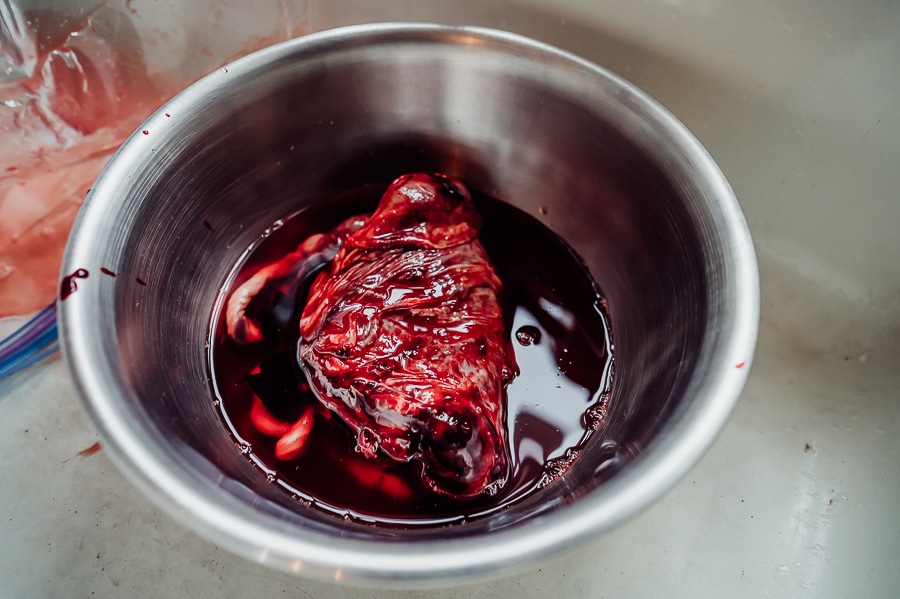
Cutting the cord:
First Courtney turns the placenta inside out to reveal the baby’s side and the cord. With a knife, she cuts and removes the cord.
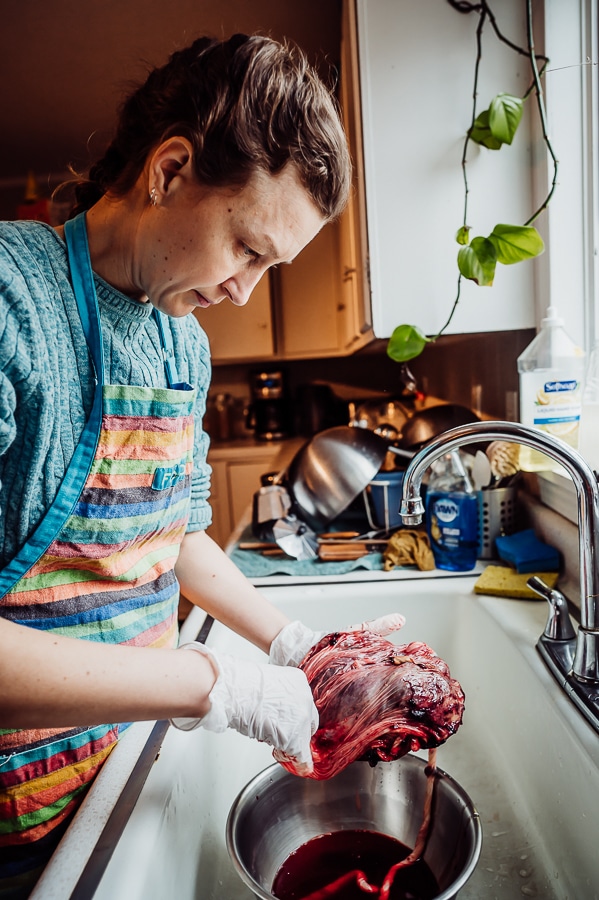
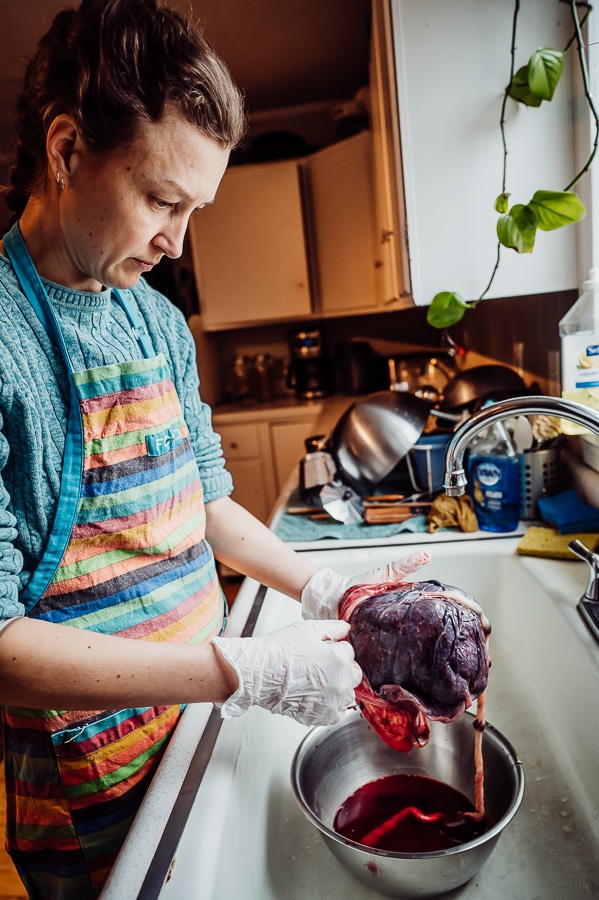
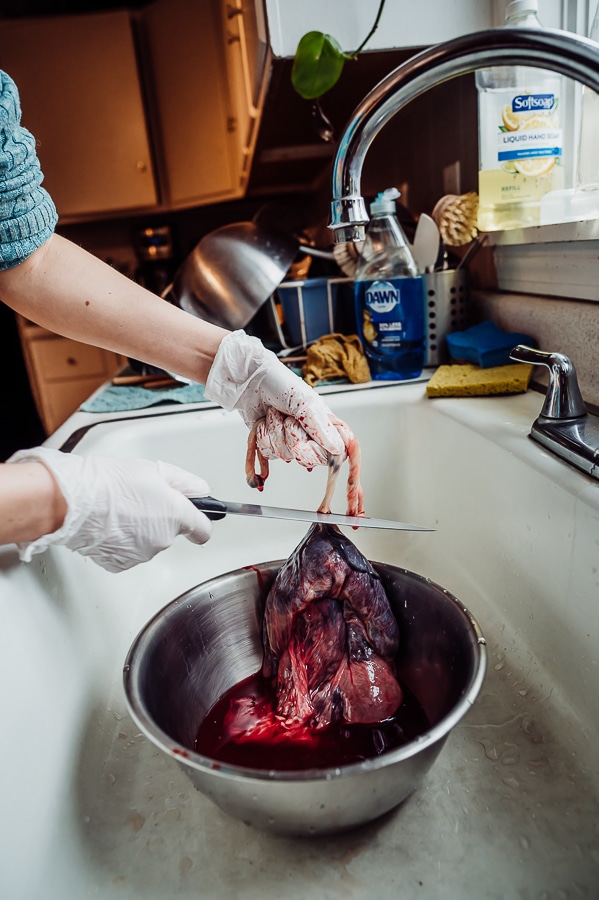
Rinse Cord:
The cord is then rinsed thouroughly.
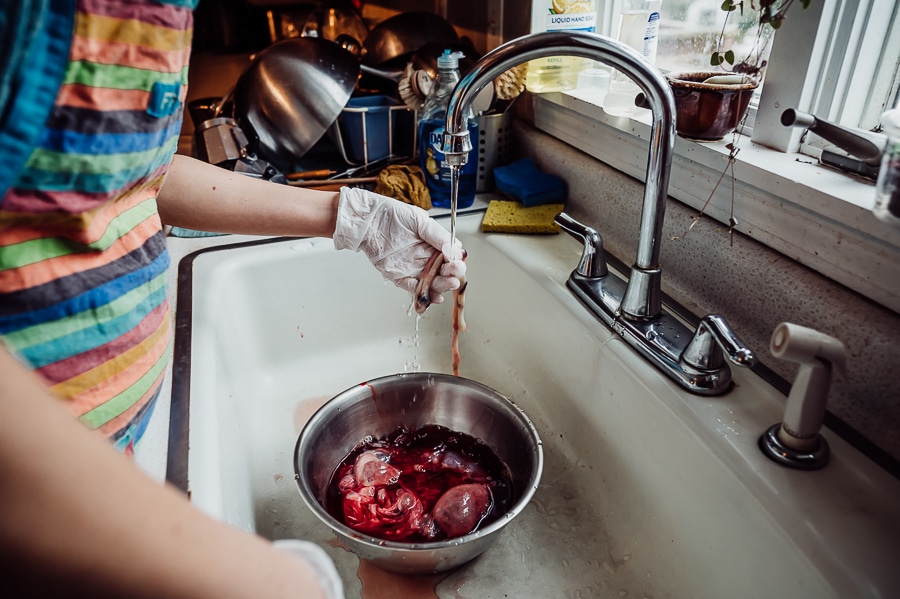
Remove blood:
Then, a sharp wooden stick is used to poke holes in the veins that appear to still be blood filled. Then with fingers, she pushes the blood out of the organ.
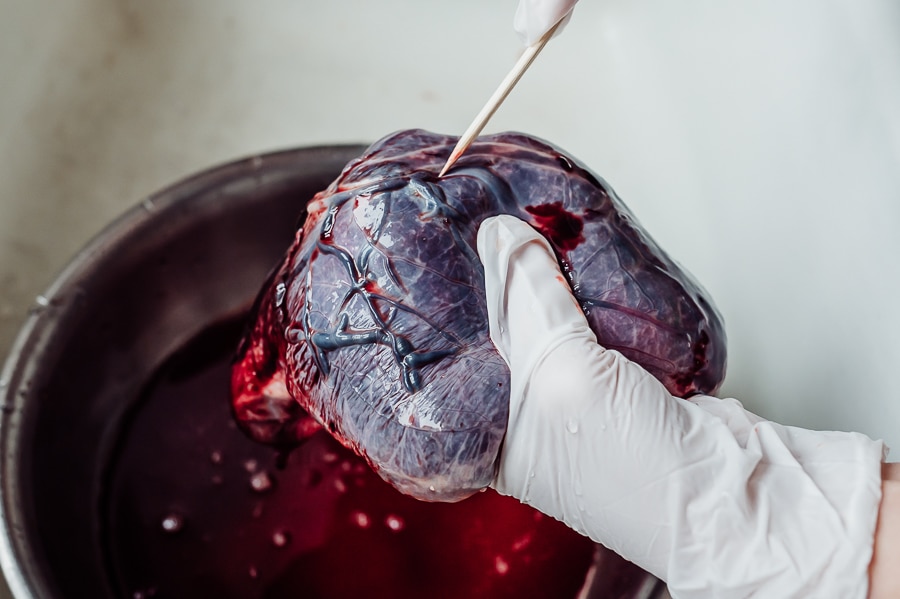
The placenta is then rinsed again, and the cord is prepared for the next step.
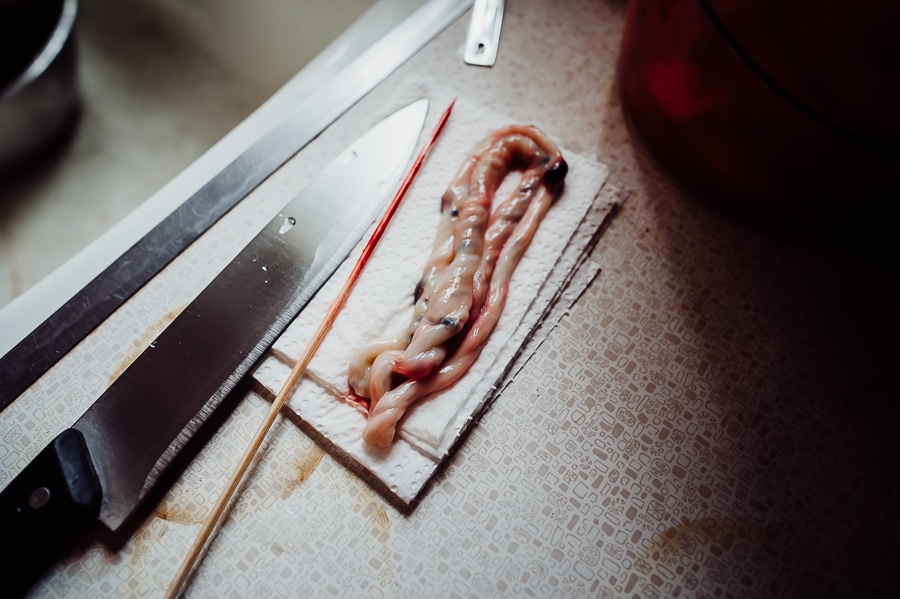
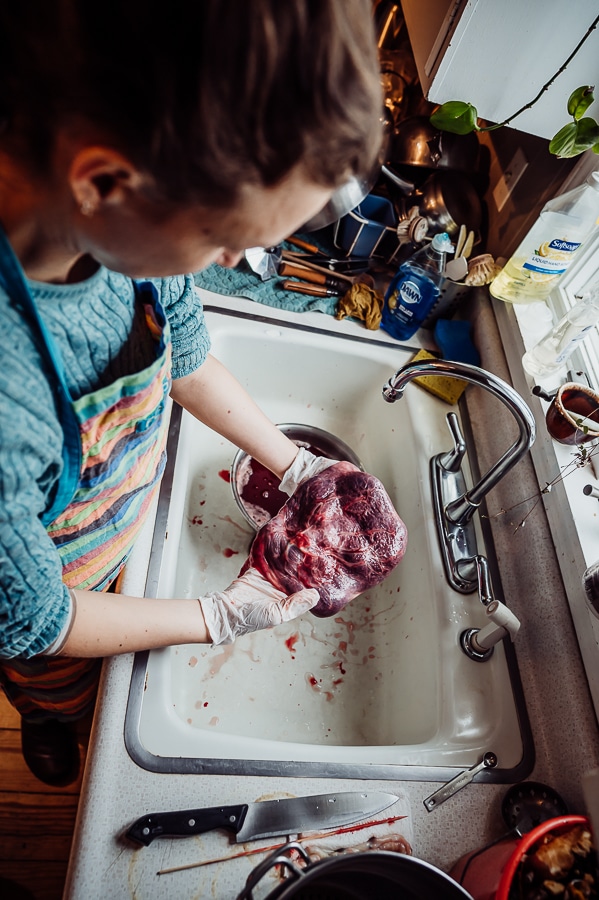
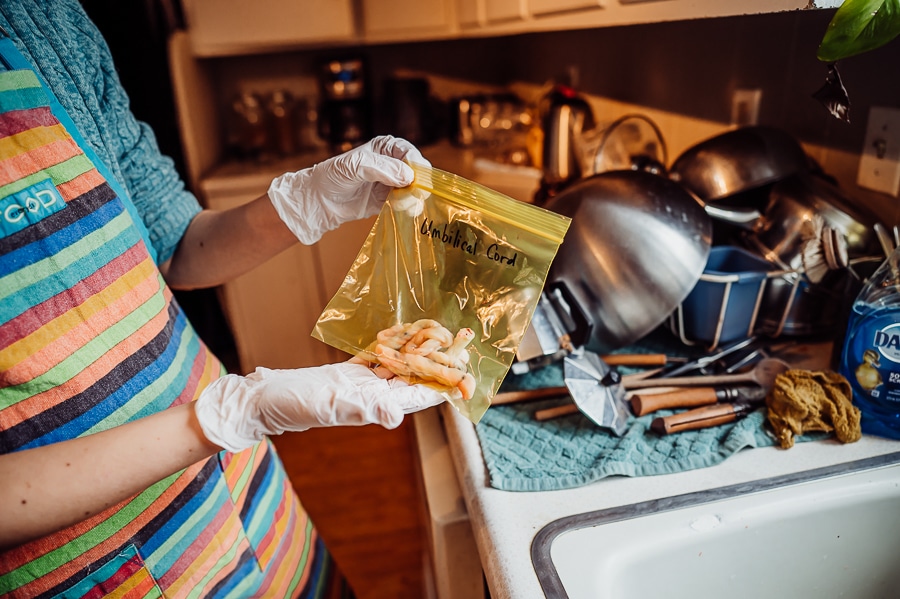
Prepare for steaming:
This family chose to freeze the cord until the ground could thaw for a burial. The placenta is now ready to be steamed with herbs.
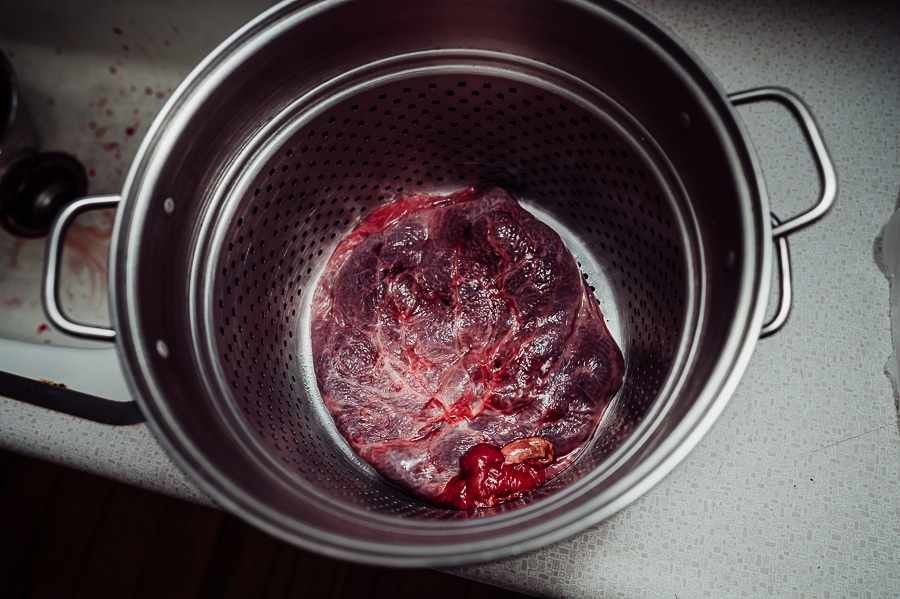
The placenta is then steamed over water and herbs for about 20 minutes.
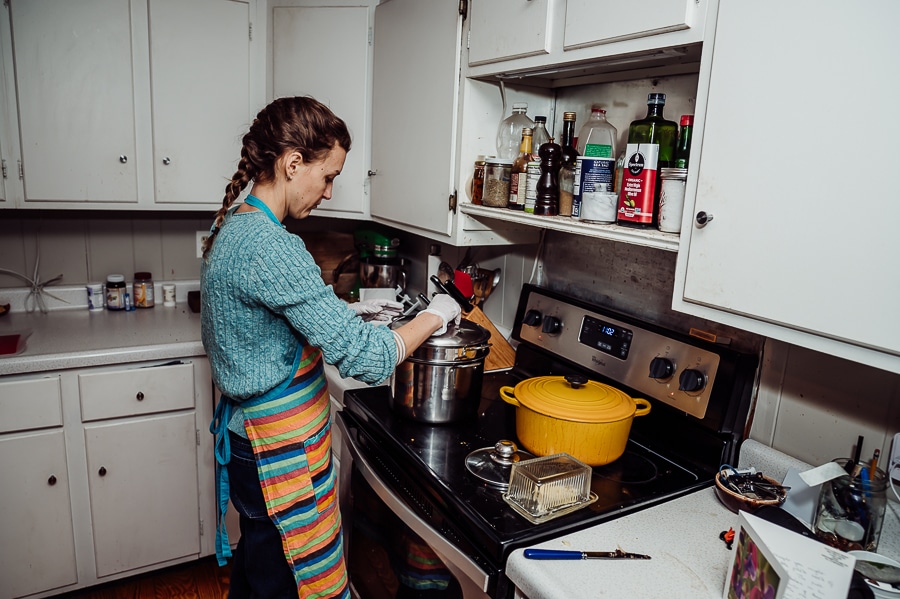
Capsule preparation:
It is important to clean all dishes in between steps. The empty capsules need to be separated and placed into a tray.
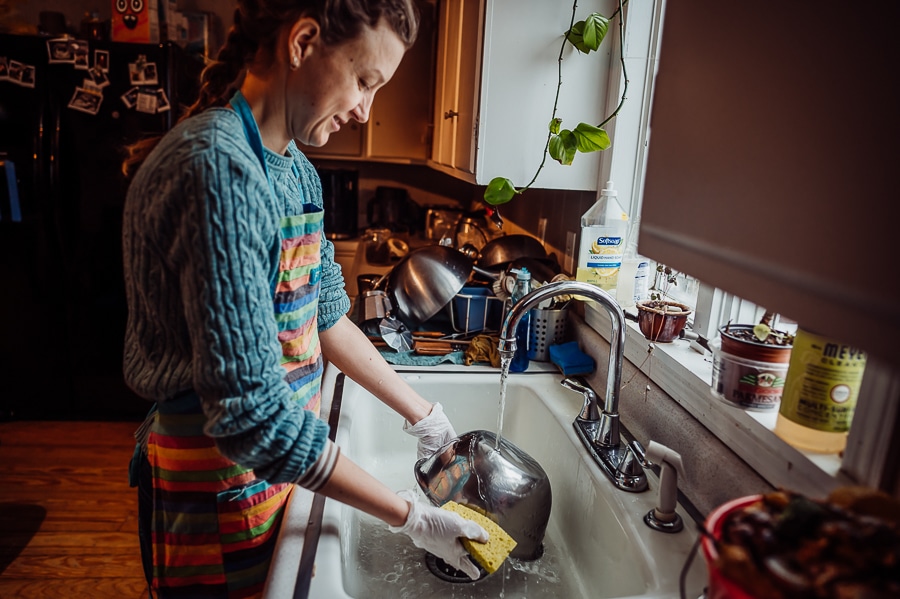
The empty capsules are organized into the bottom tray.
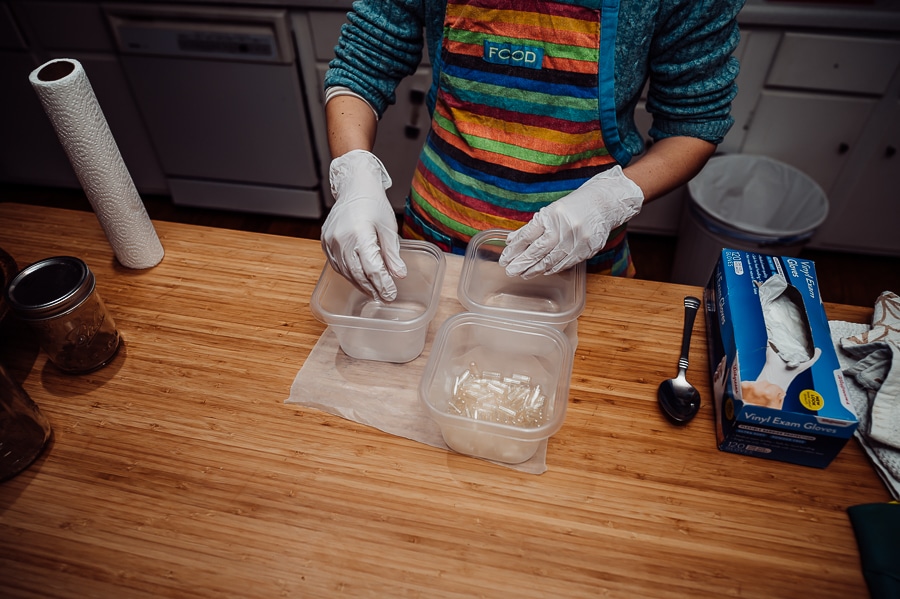
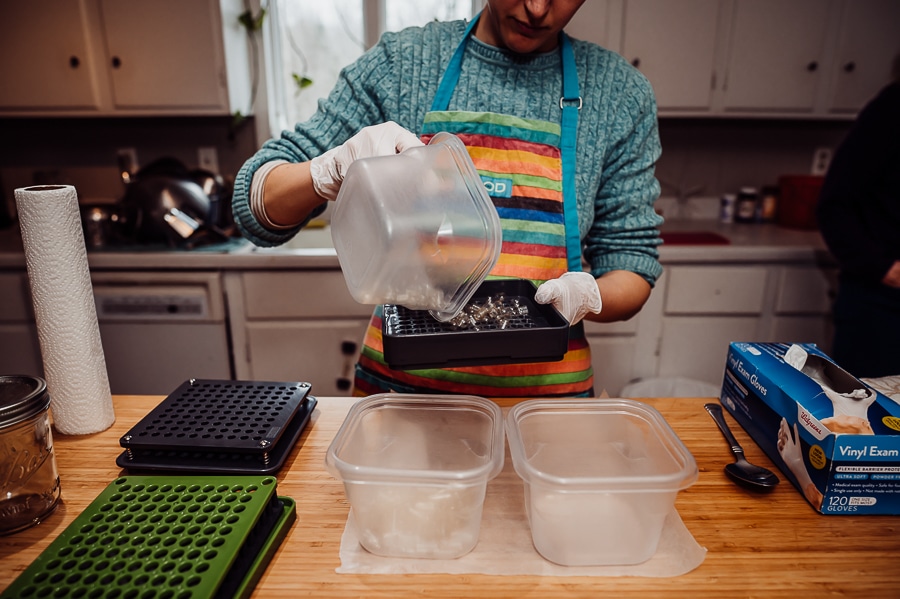
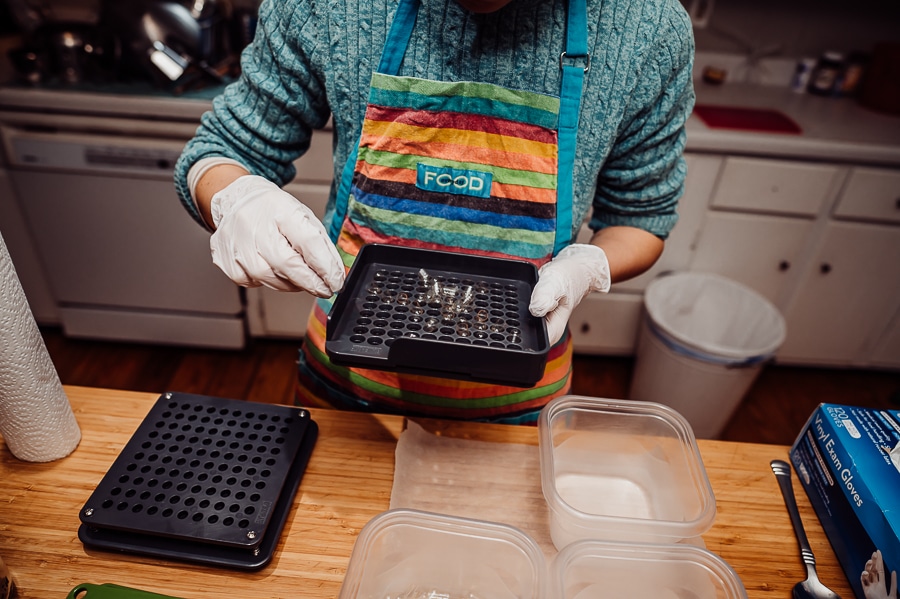
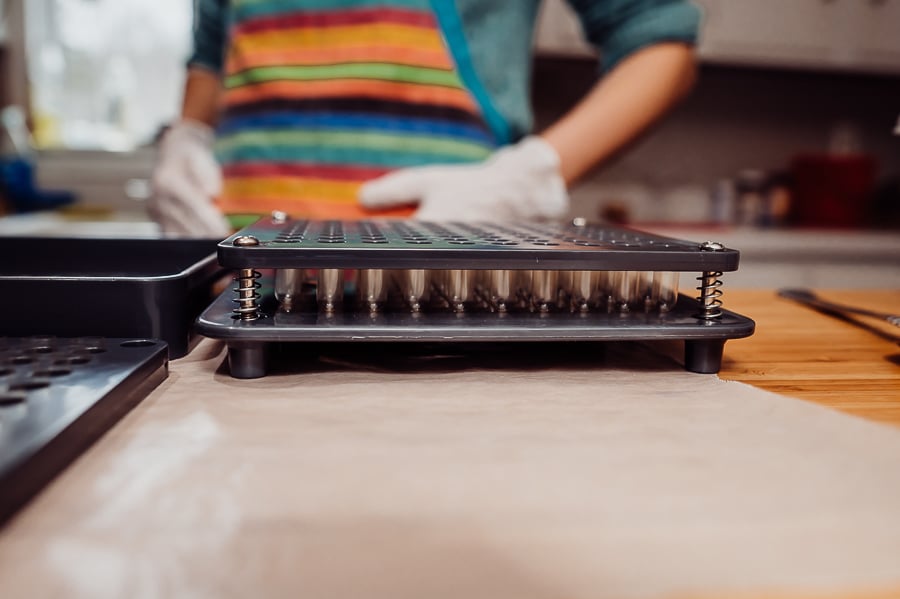
Remove Placenta from heat:
The steamed placenta needs to cool down significantly before it is cut.
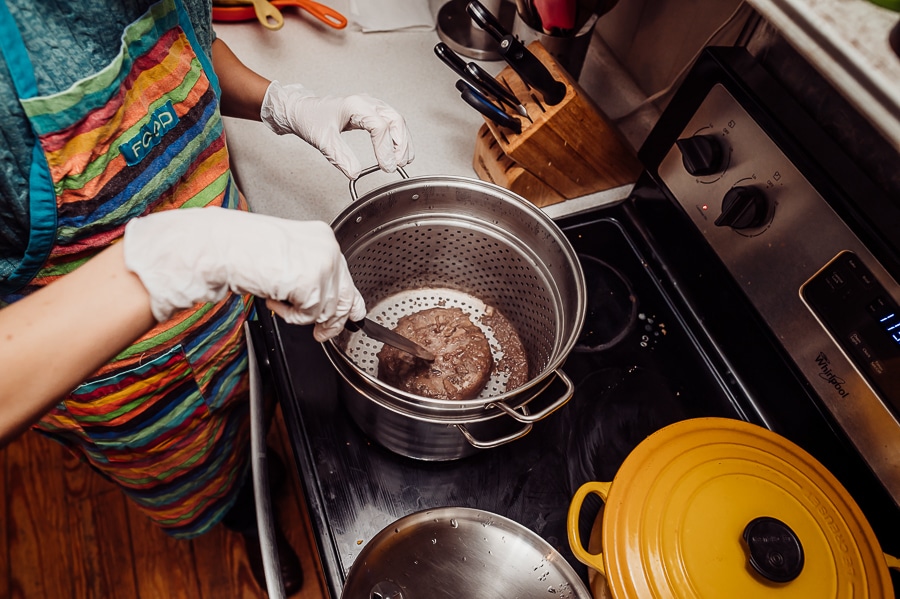
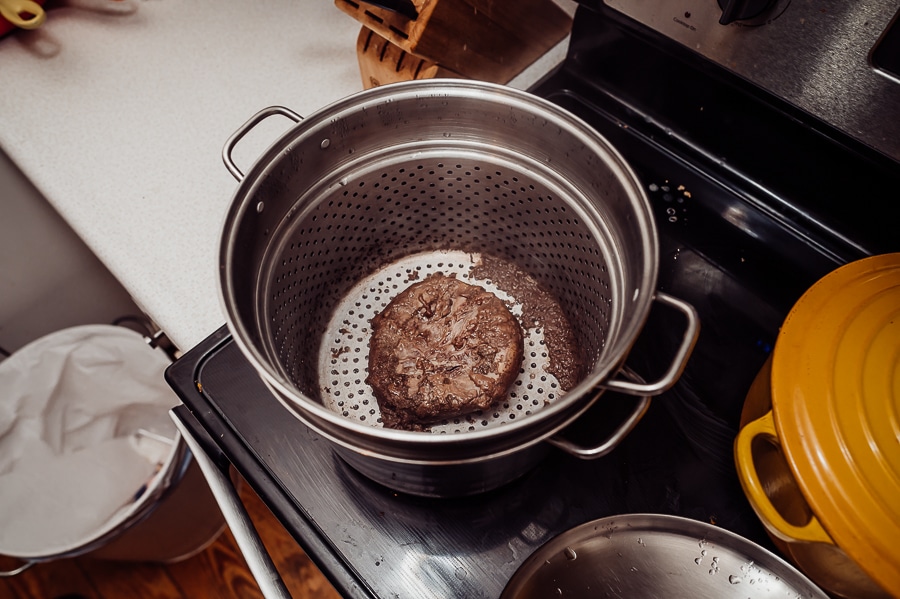
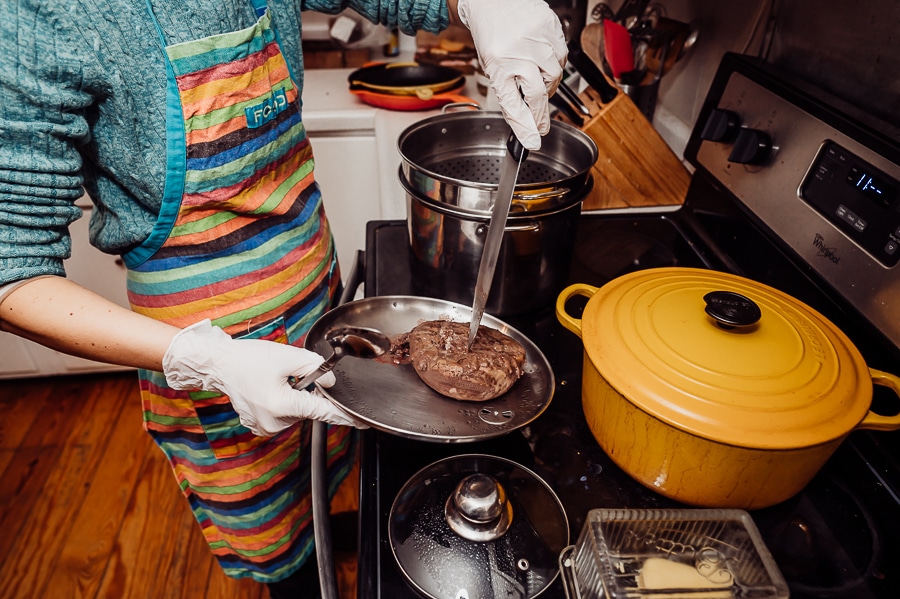
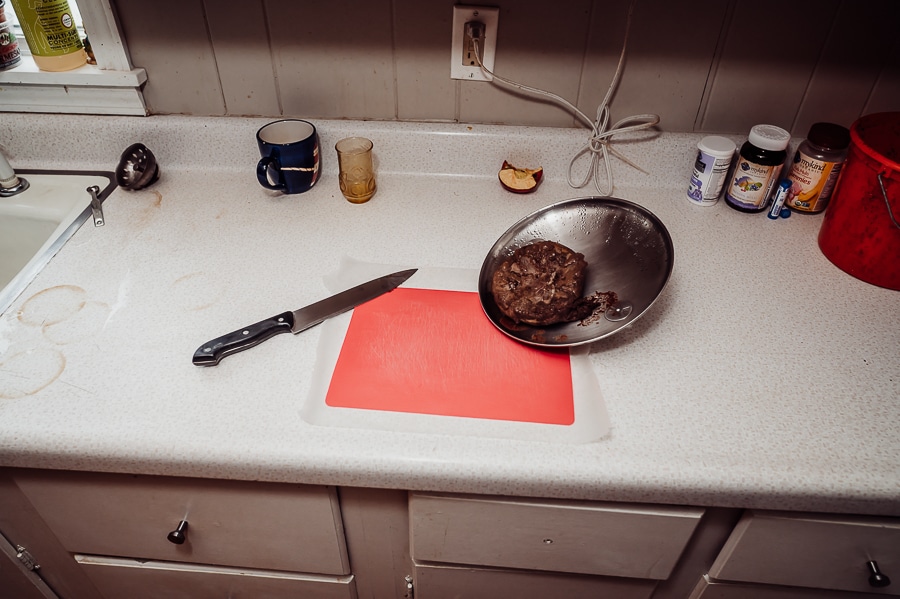
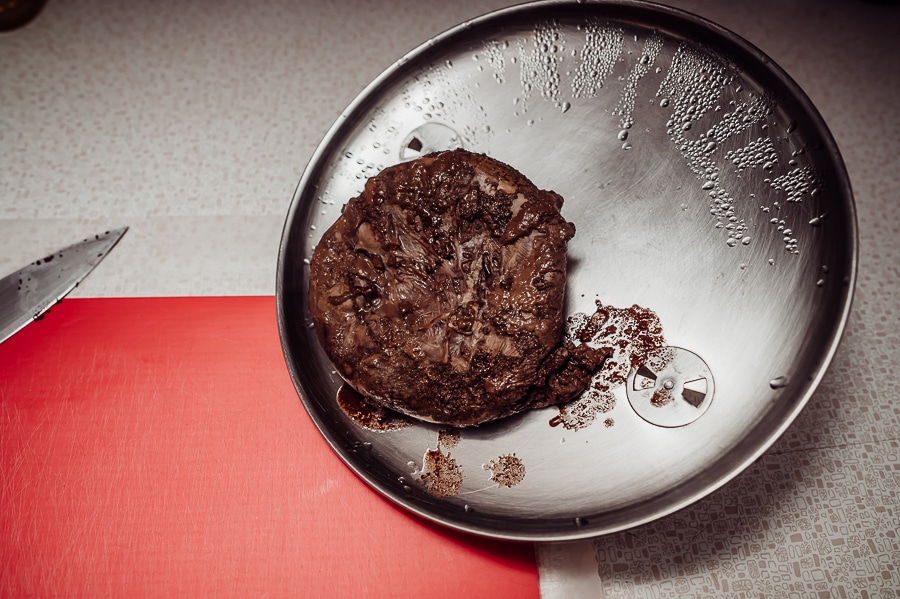
Strain placenta broth:
While the placenta cools, the dehydrator machine gets prepared. The excess material is scraped and poured into a jar for the mother’s broth.
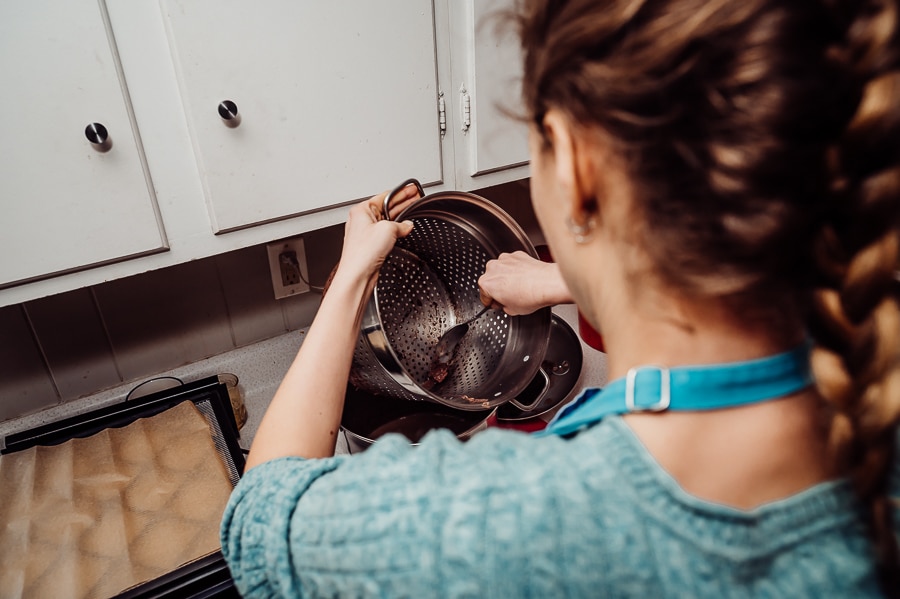
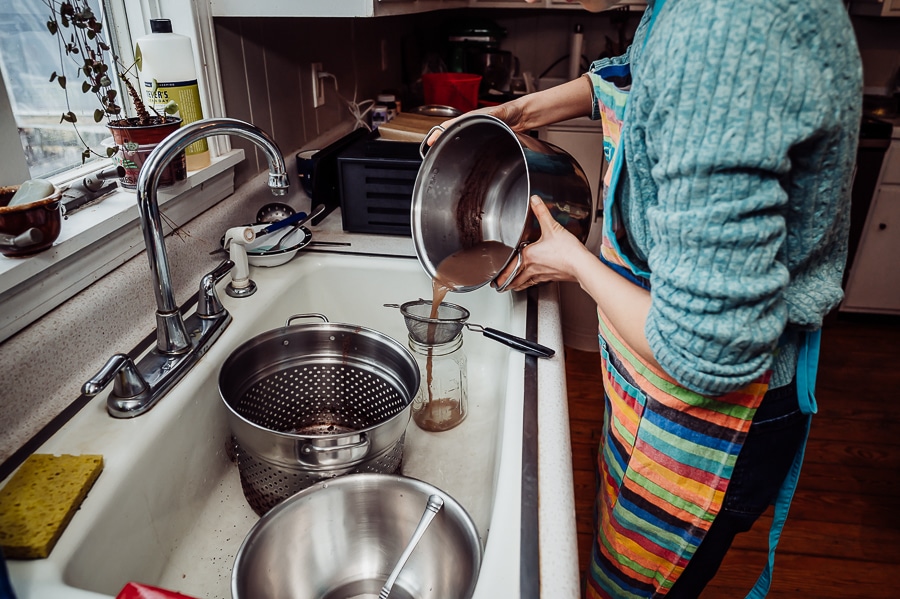
Begin cutting placenta:
Courtney held her hands over the placenta and said a thank you before cutting it.
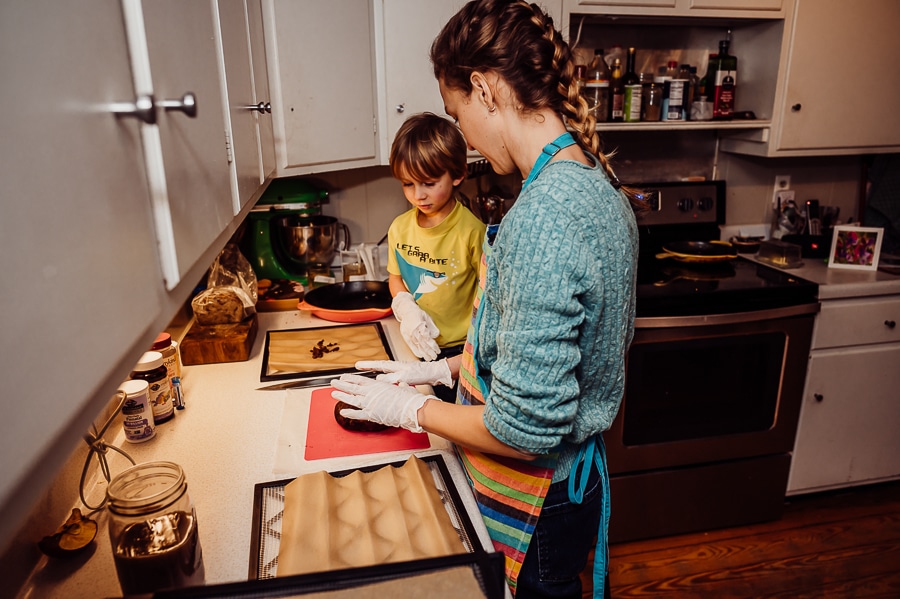
The placenta is then cut into strips and then smaller pieces.
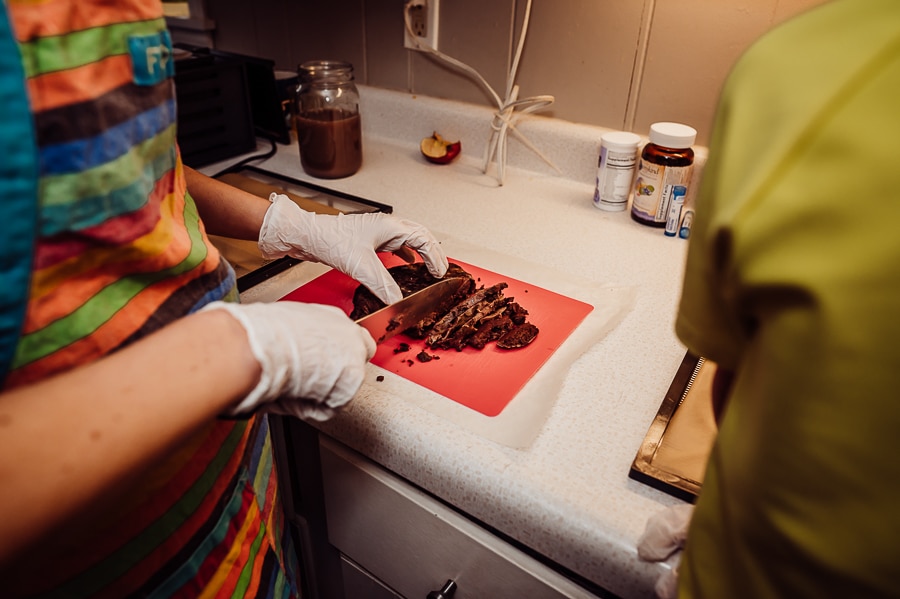
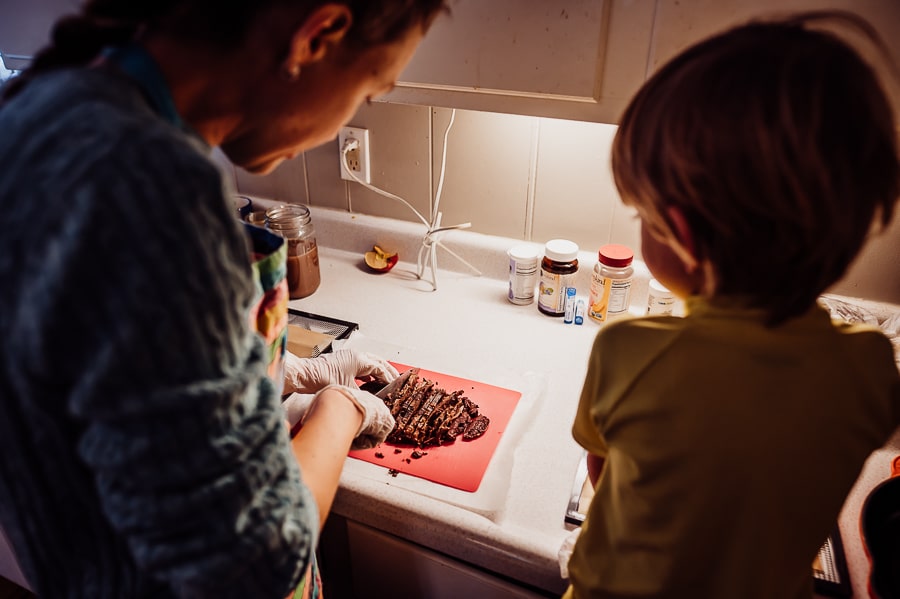
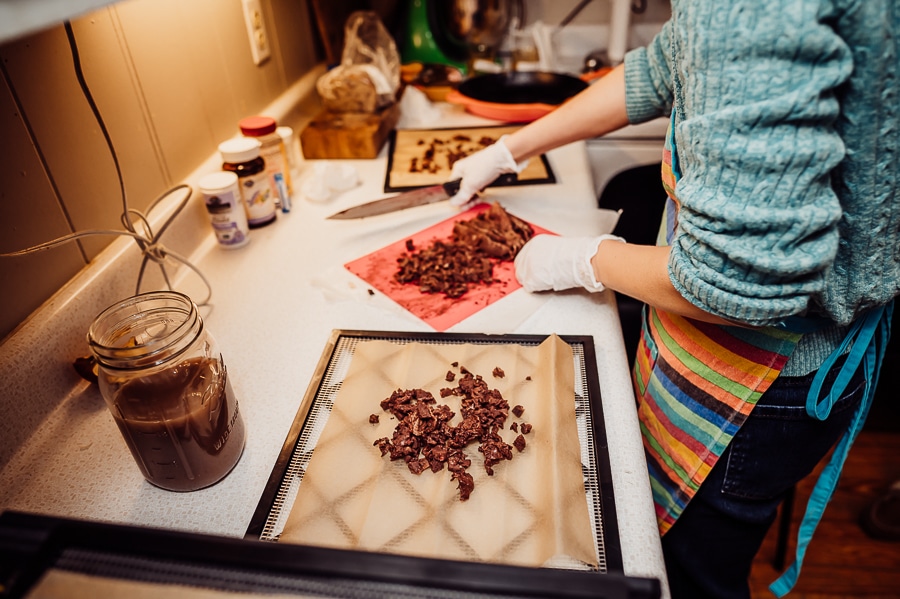
Dehydrate Placenta:
The placenta pieces are loaded onto a few trays to be dehydrated for around 6 hours.
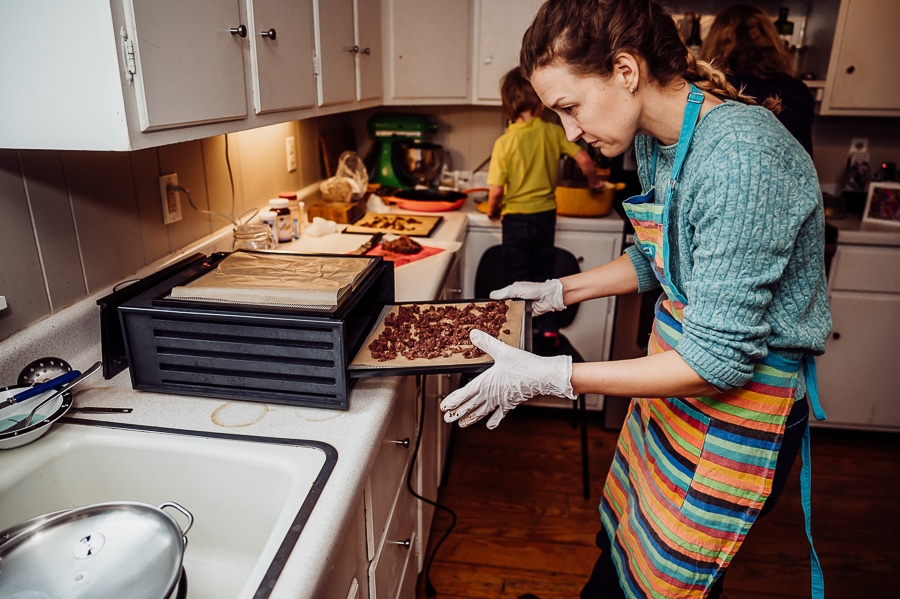
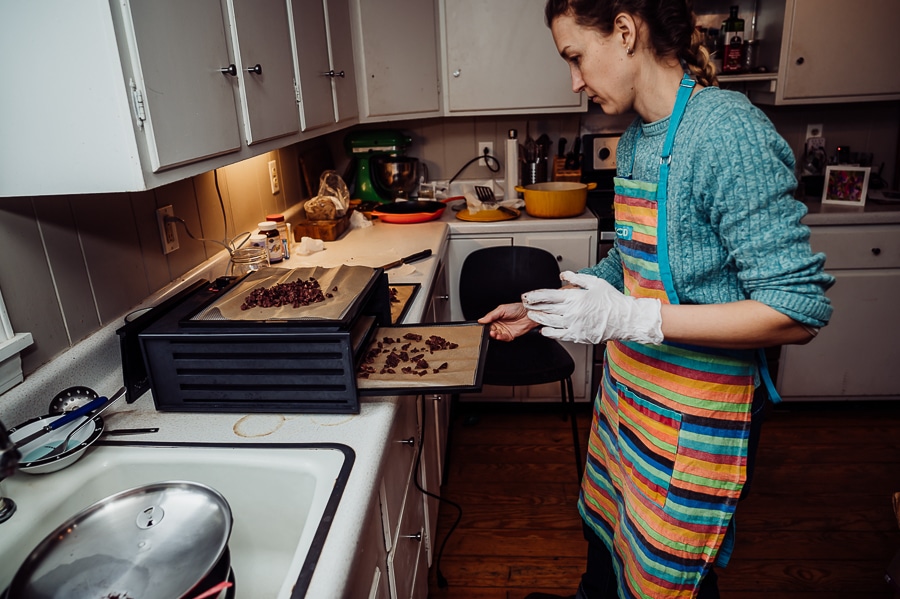
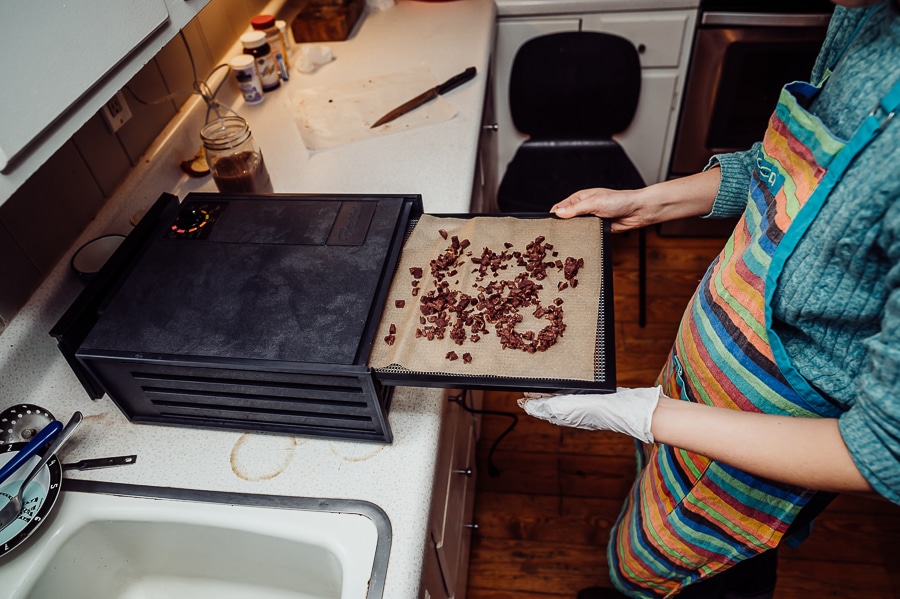
The mother’s broth is labeled and ready for consumption or refrigeration.
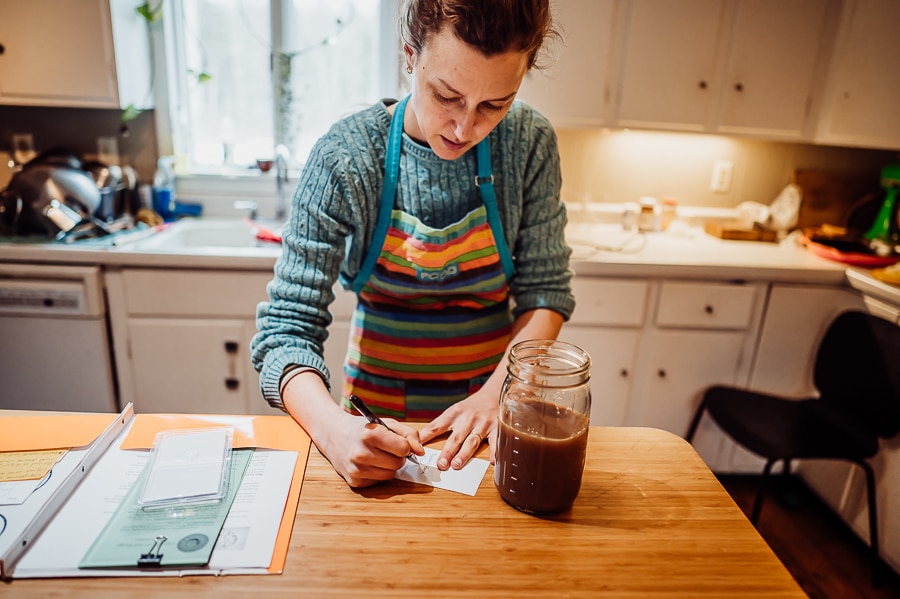
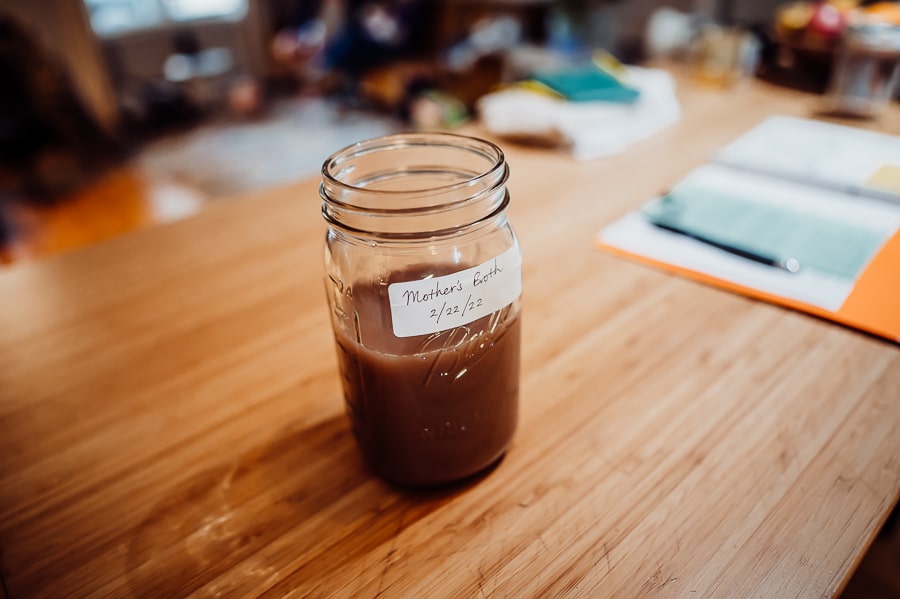
After 6 hours in the dehydrator, the pieces are then taken our and gathered back together in a bowl.
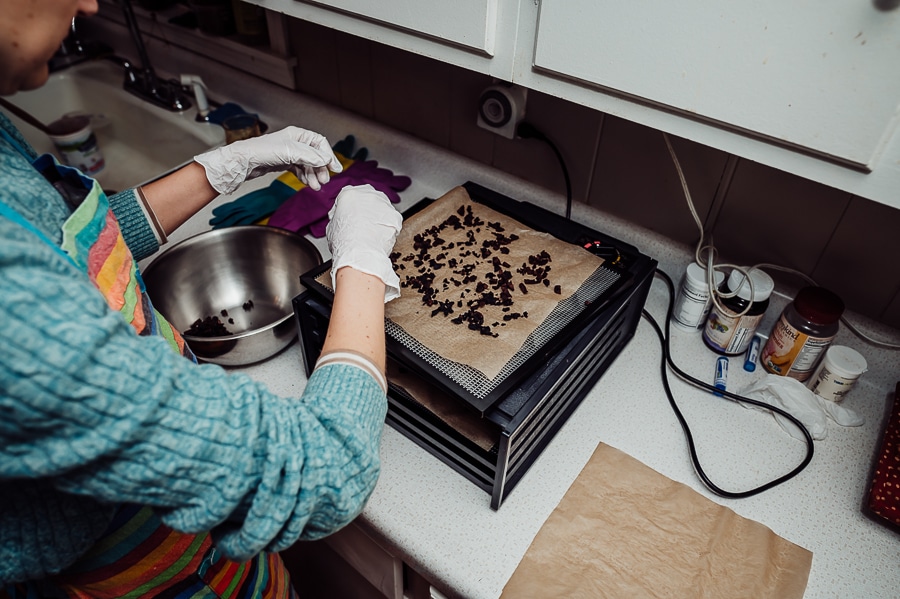
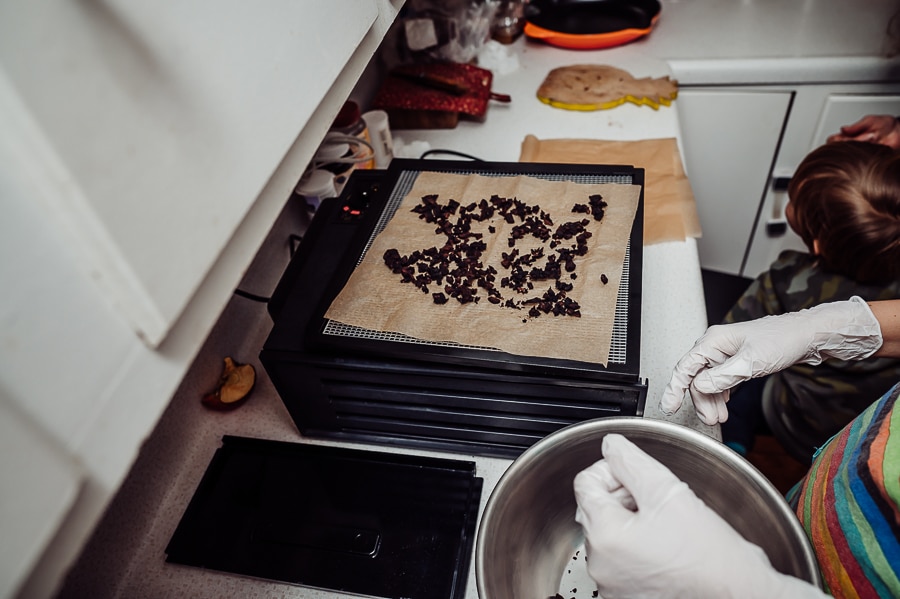
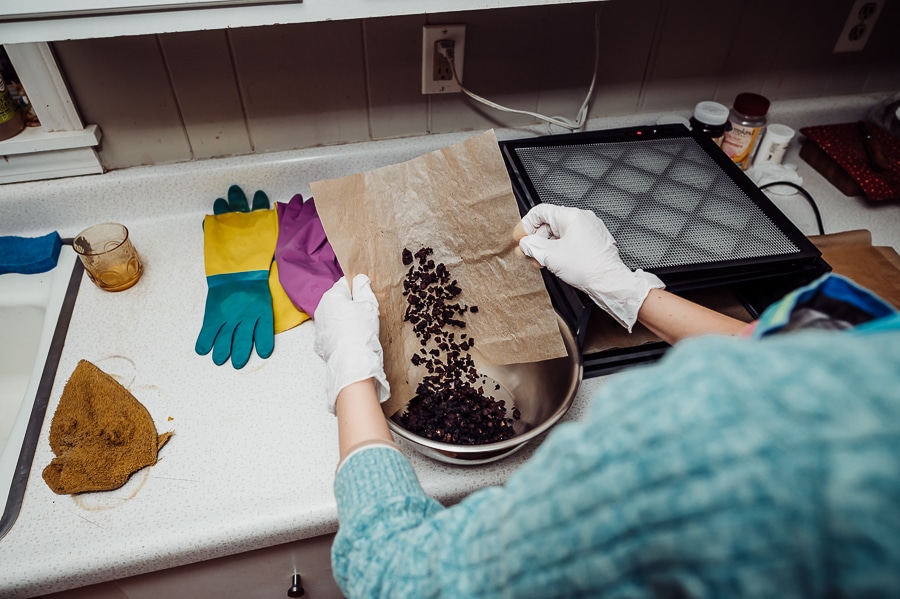
These dehydrated pieces are then put in the blender cup.
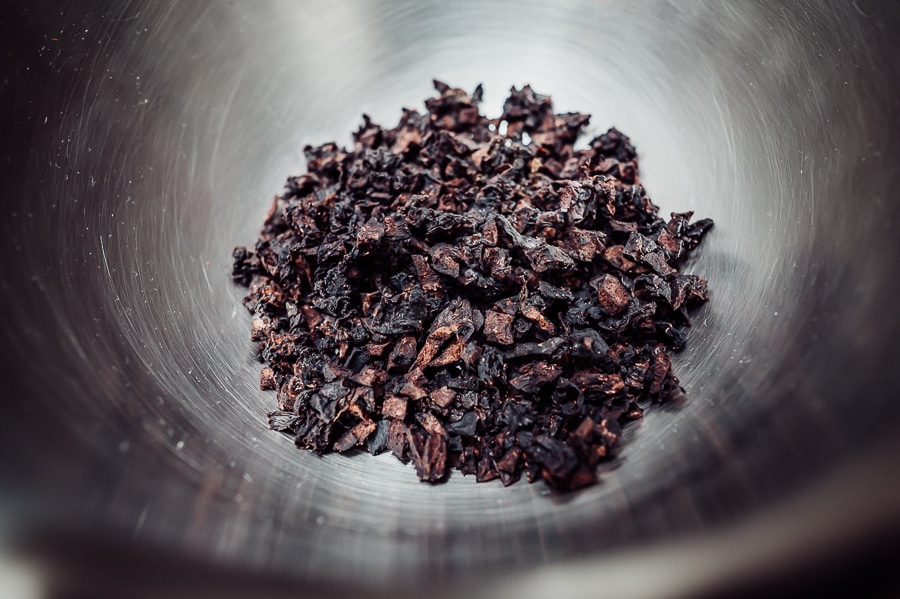
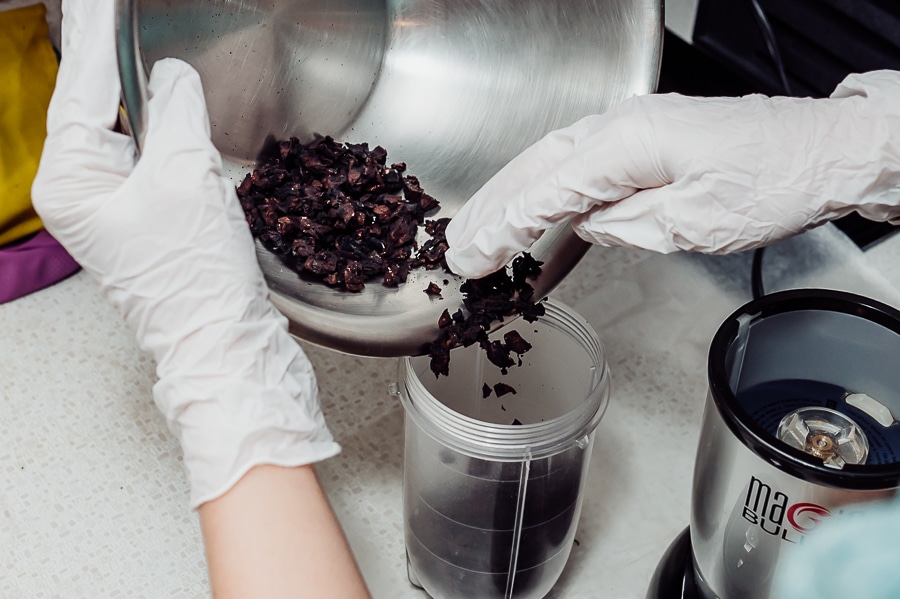
Blend dehydrated placenta:
This is a photo of the dehydrated placenta pieces being blended.
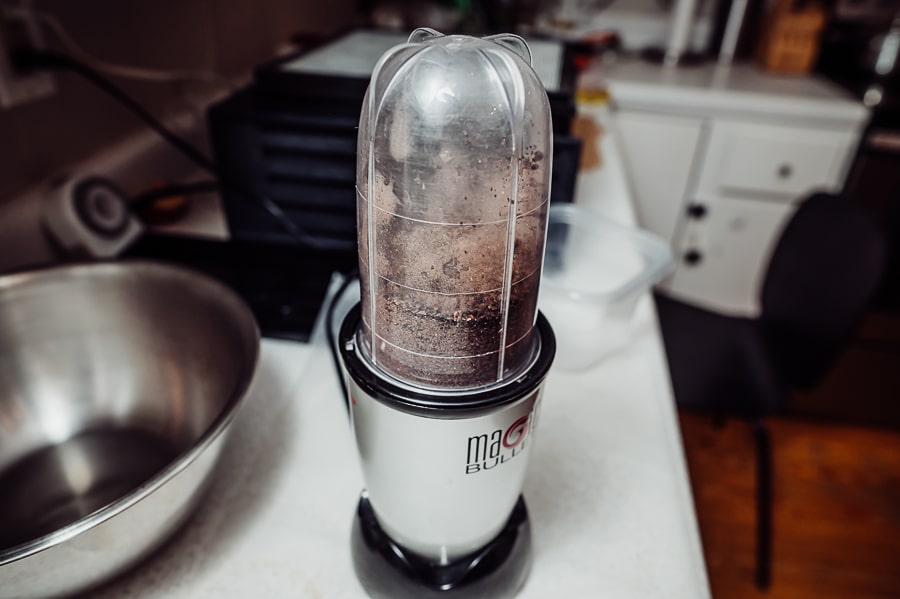
Load placenta powder into capsules:
The powder is then moved over into the capsule filler that is prefilled with empty capsules.
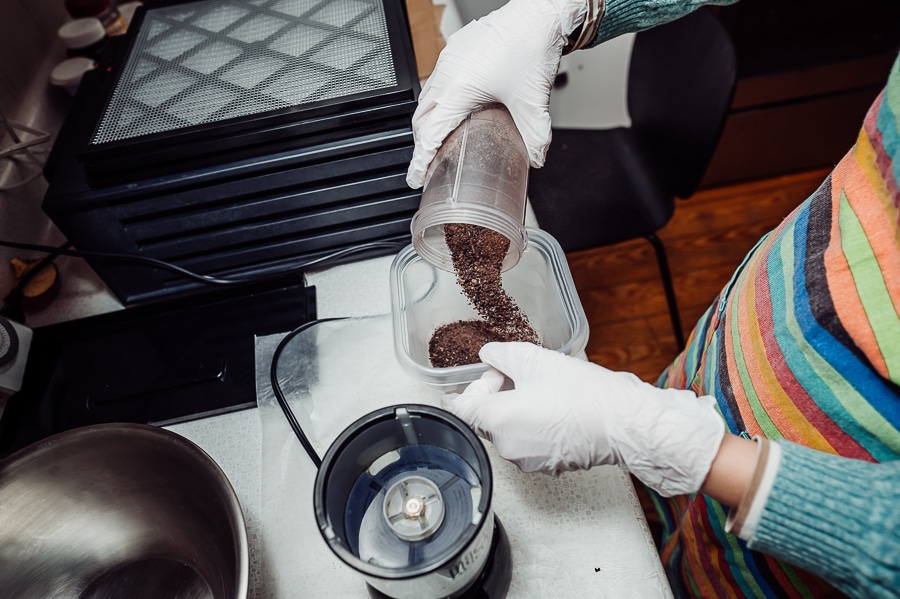
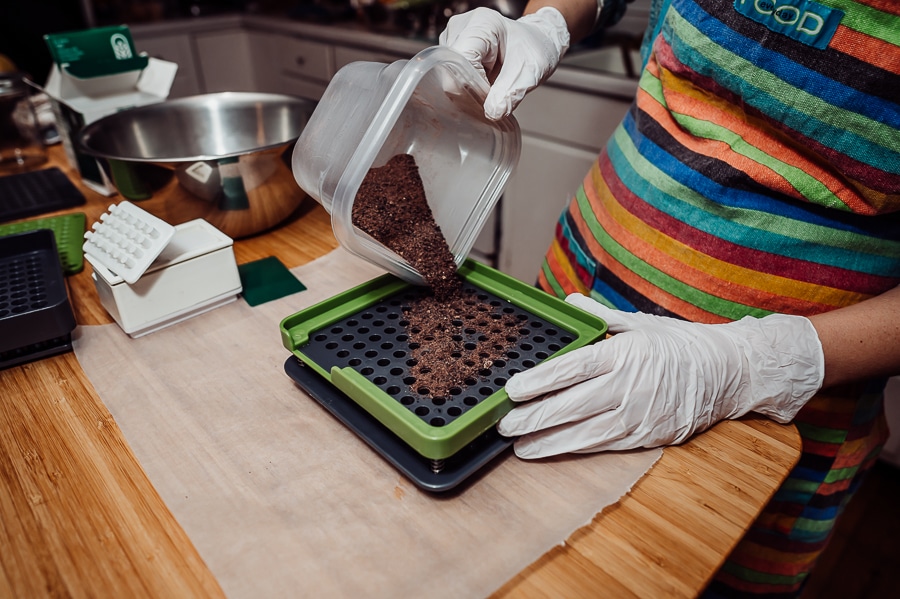
The powder is spread out evenly over the tray and then pressed and mended with the other half of the capsules.
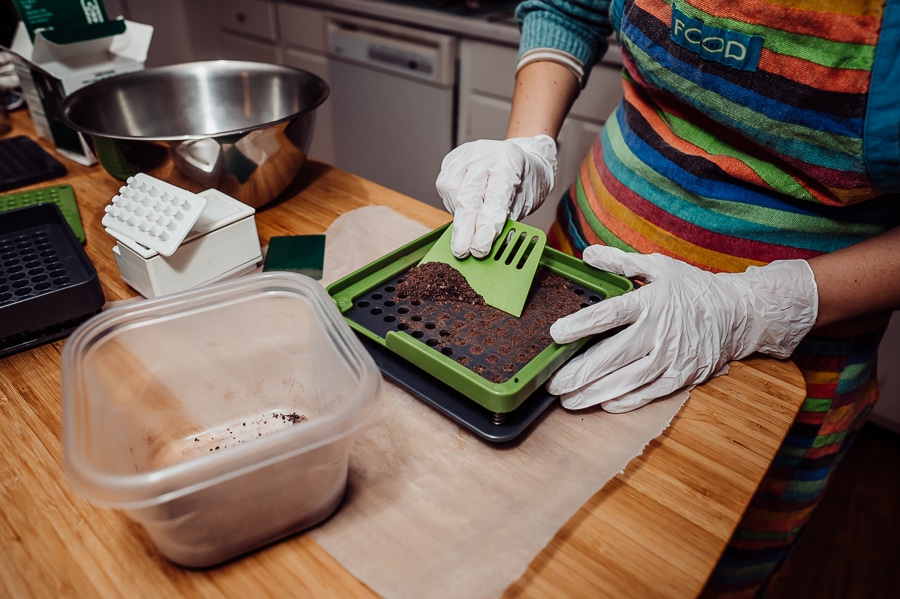
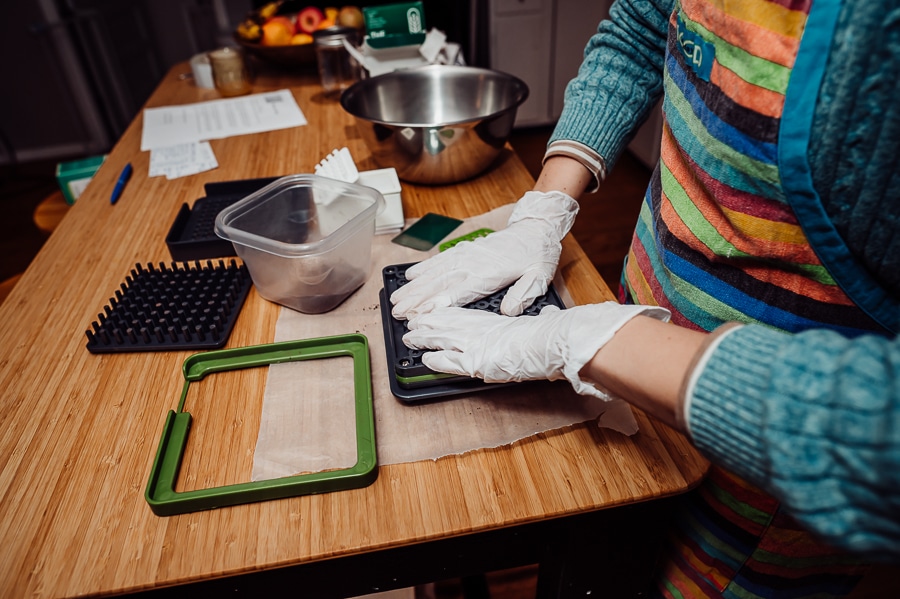
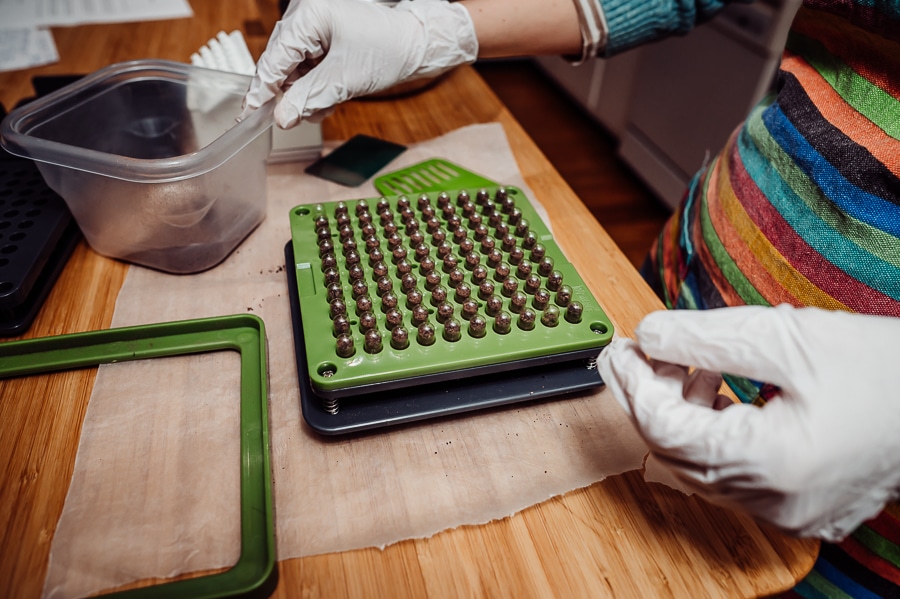
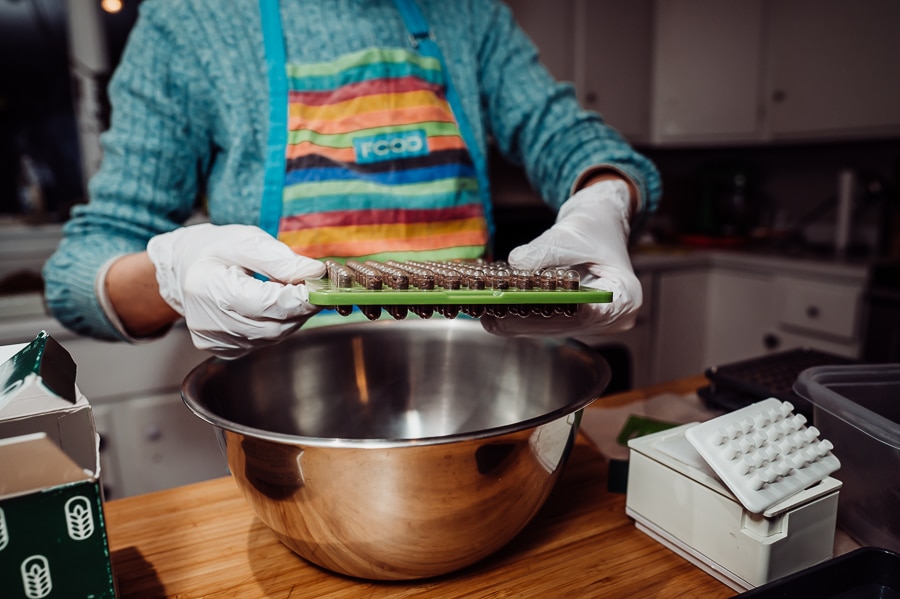
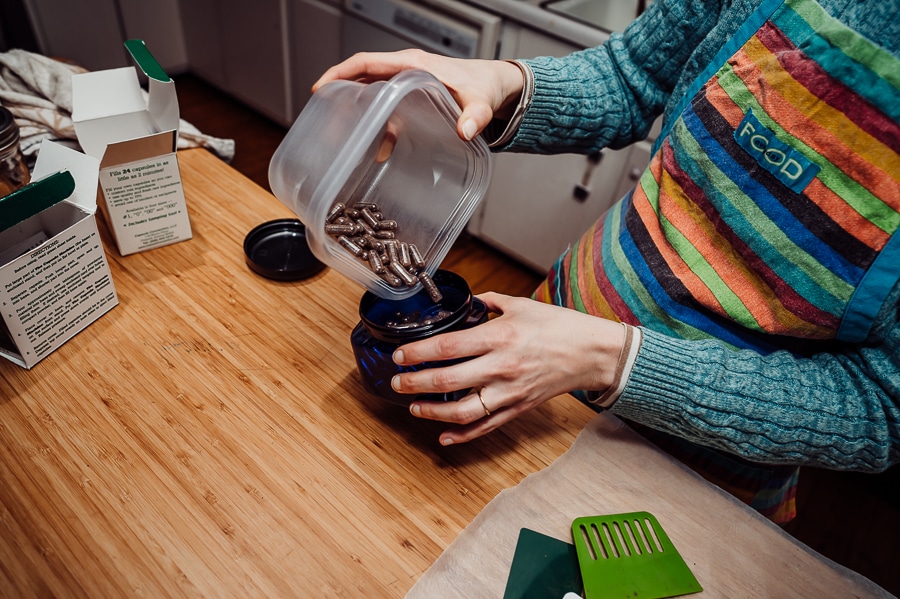
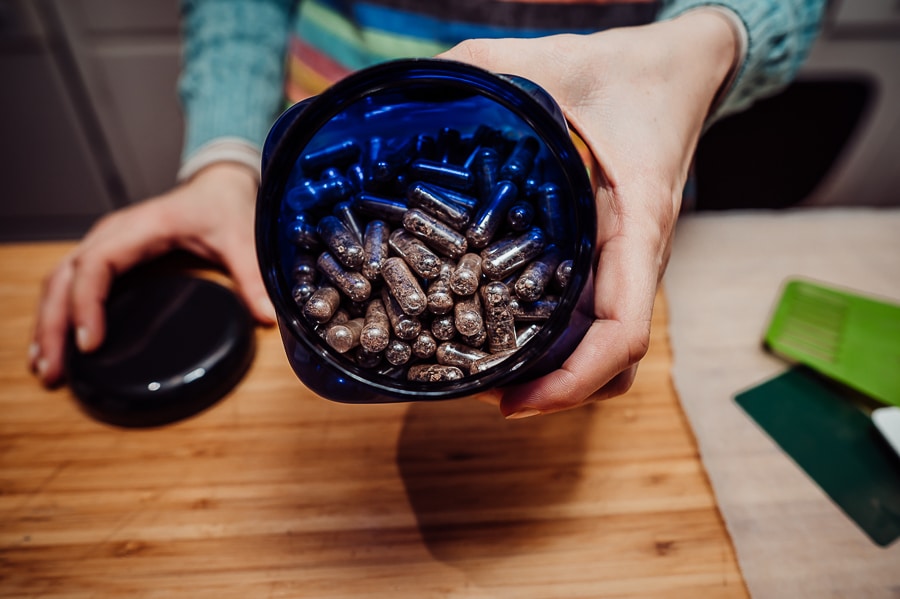
And they are finally done and ready!
This process was a collaboration with Belfast Doula & Placenta Encapsulation Specialist, Courtney Byers.
https://www.belfastdoula.com/